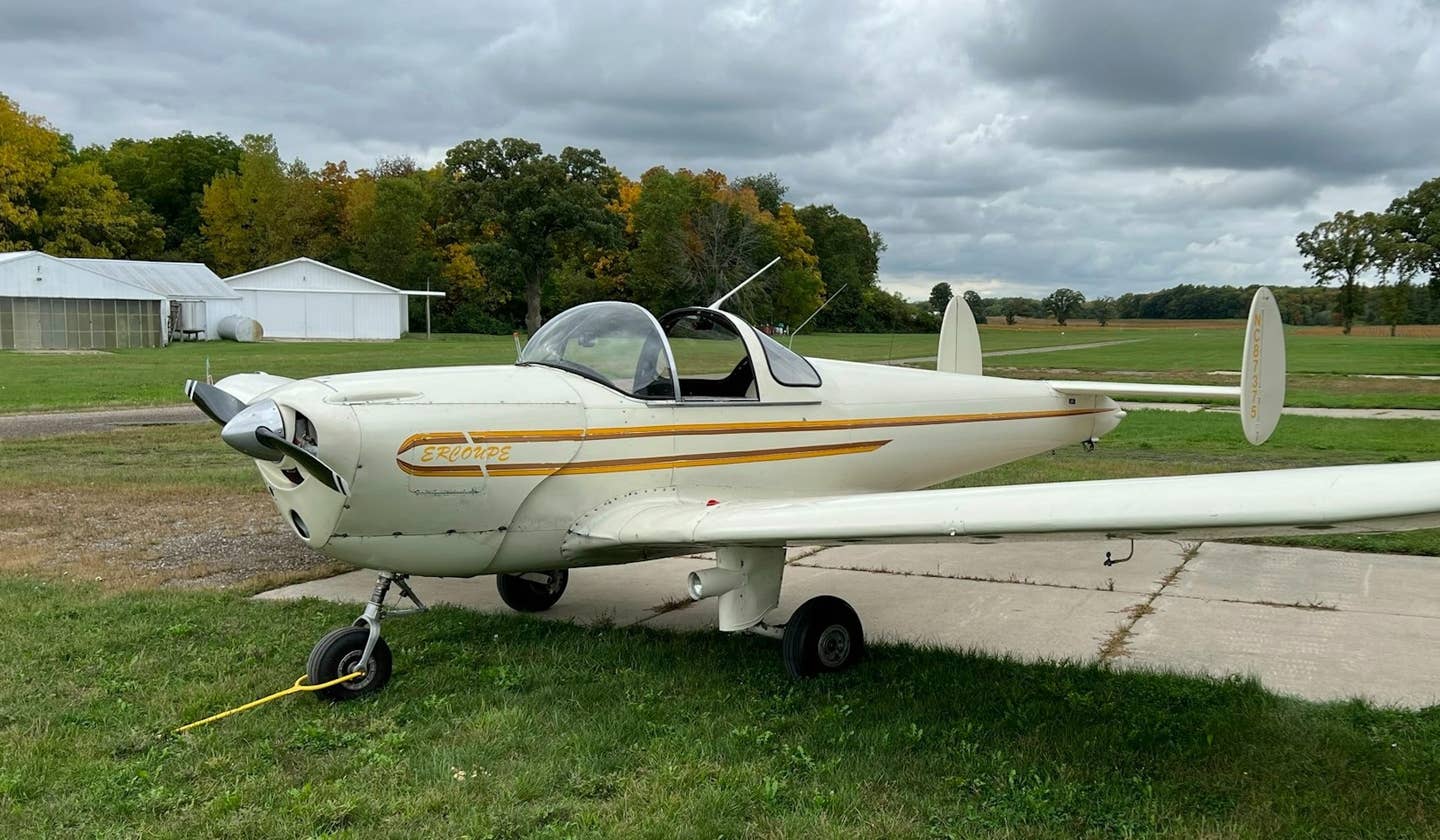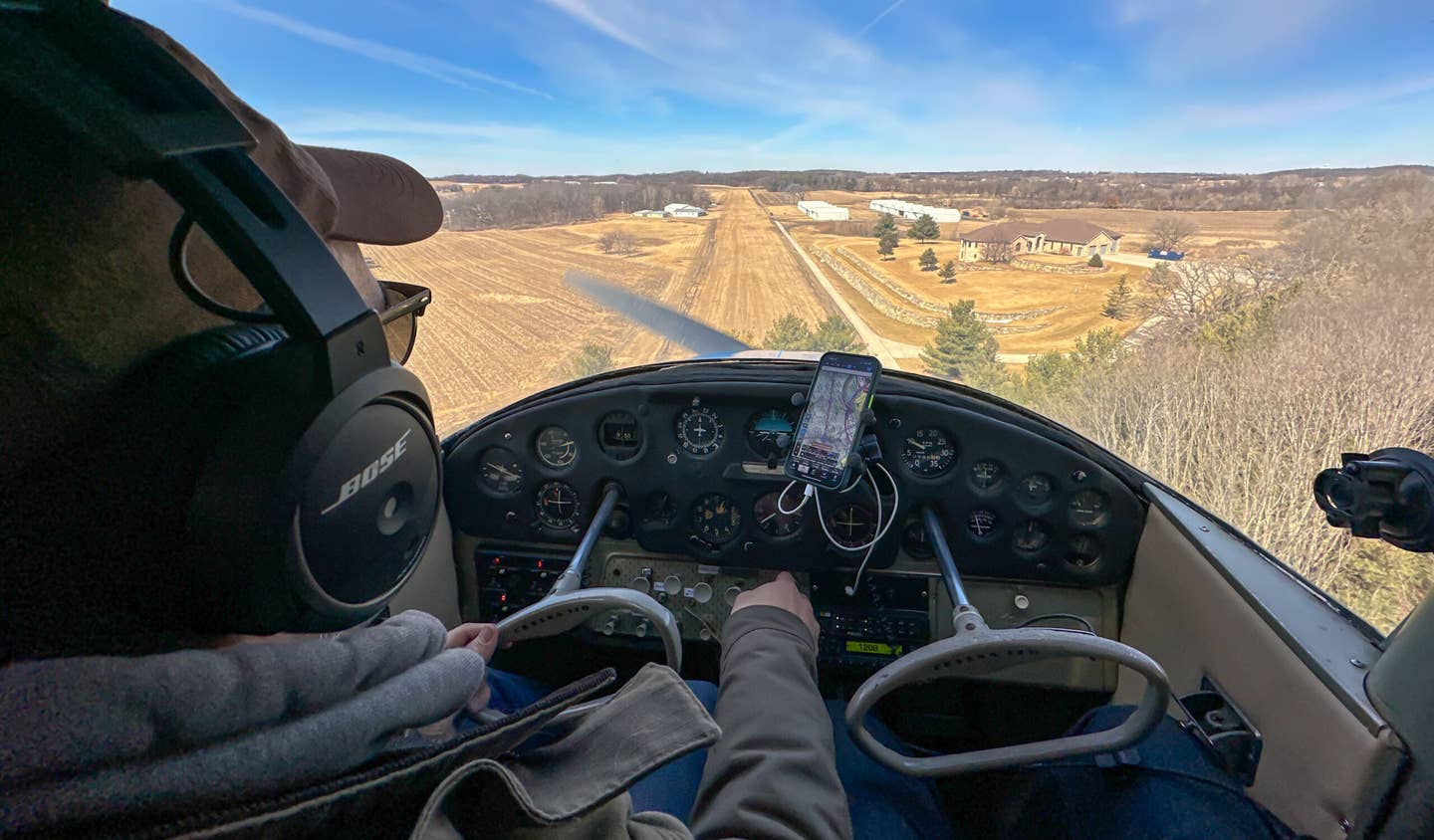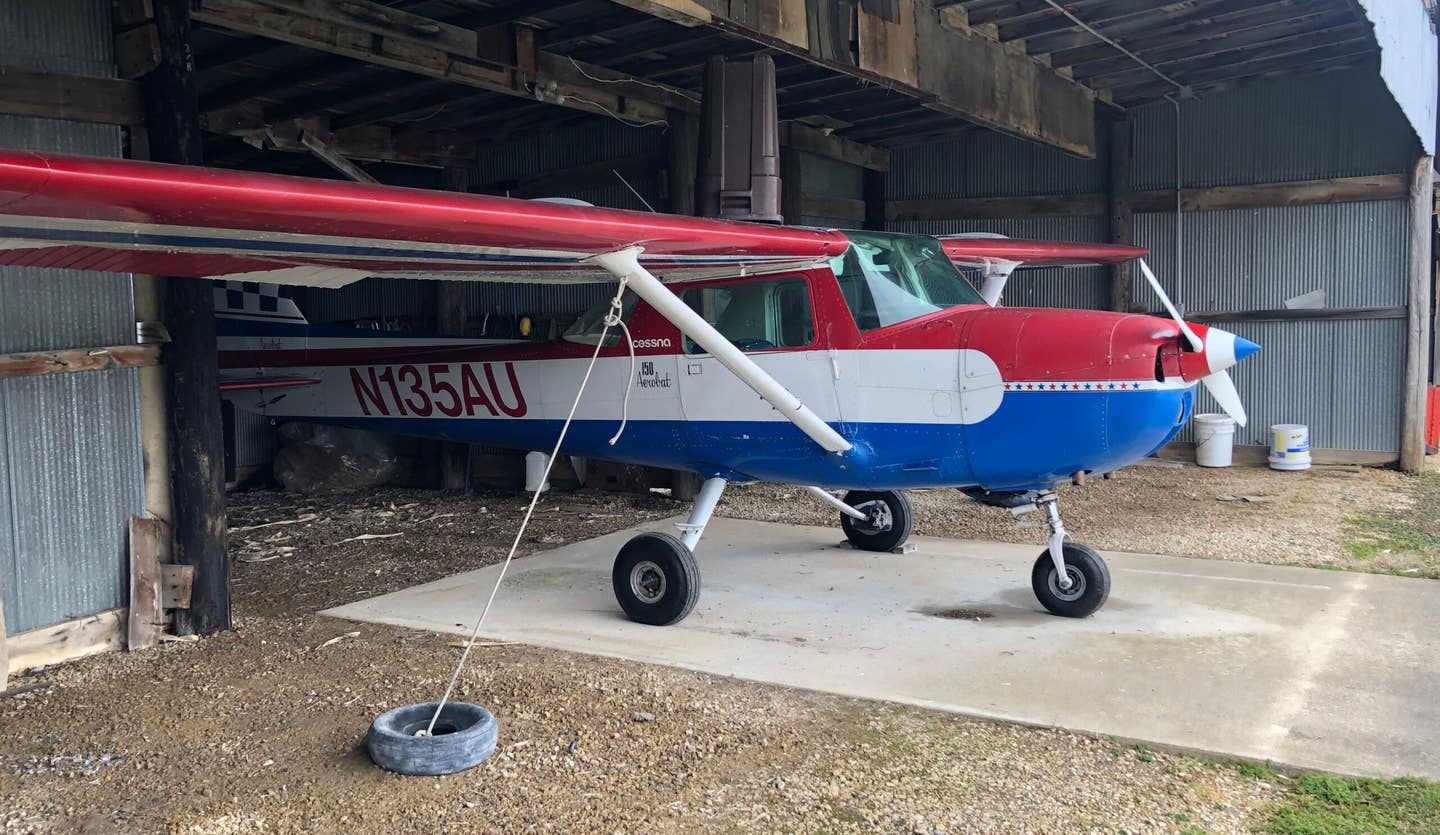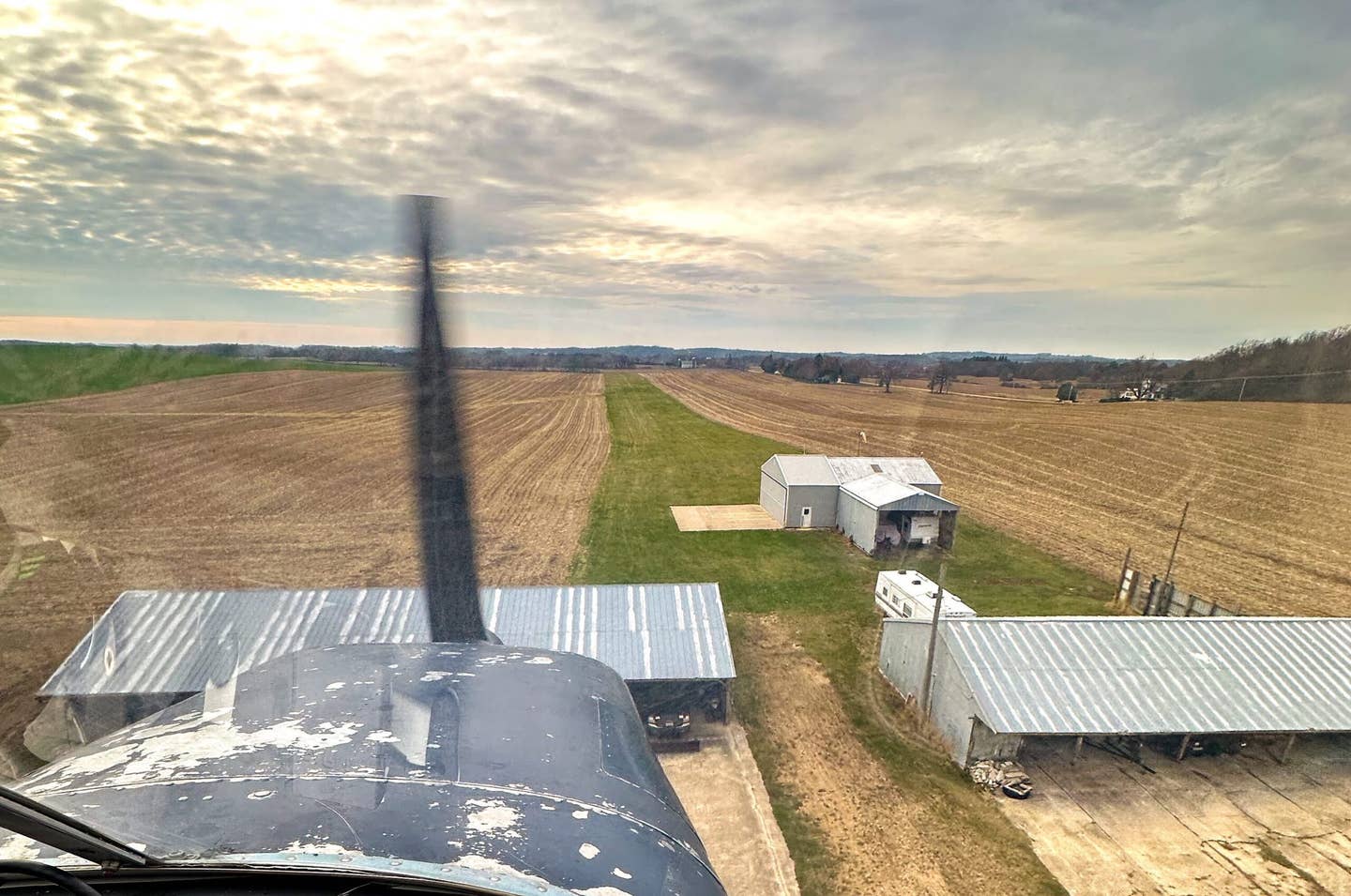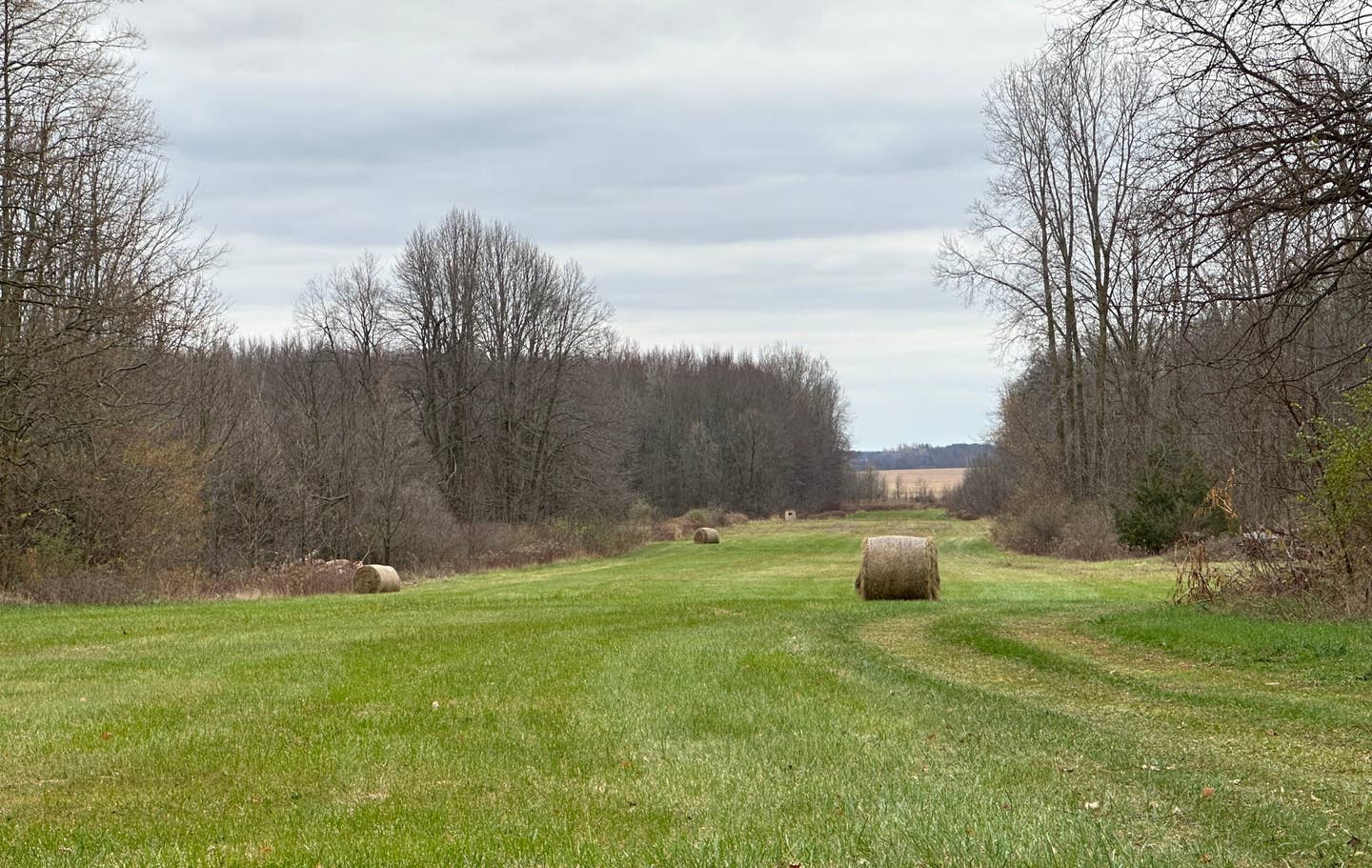When a New Airplane Taps Into Old Dreams
Here’s how a Nashville coffee shop owner turned his passion for flying his taildragger into a new career.
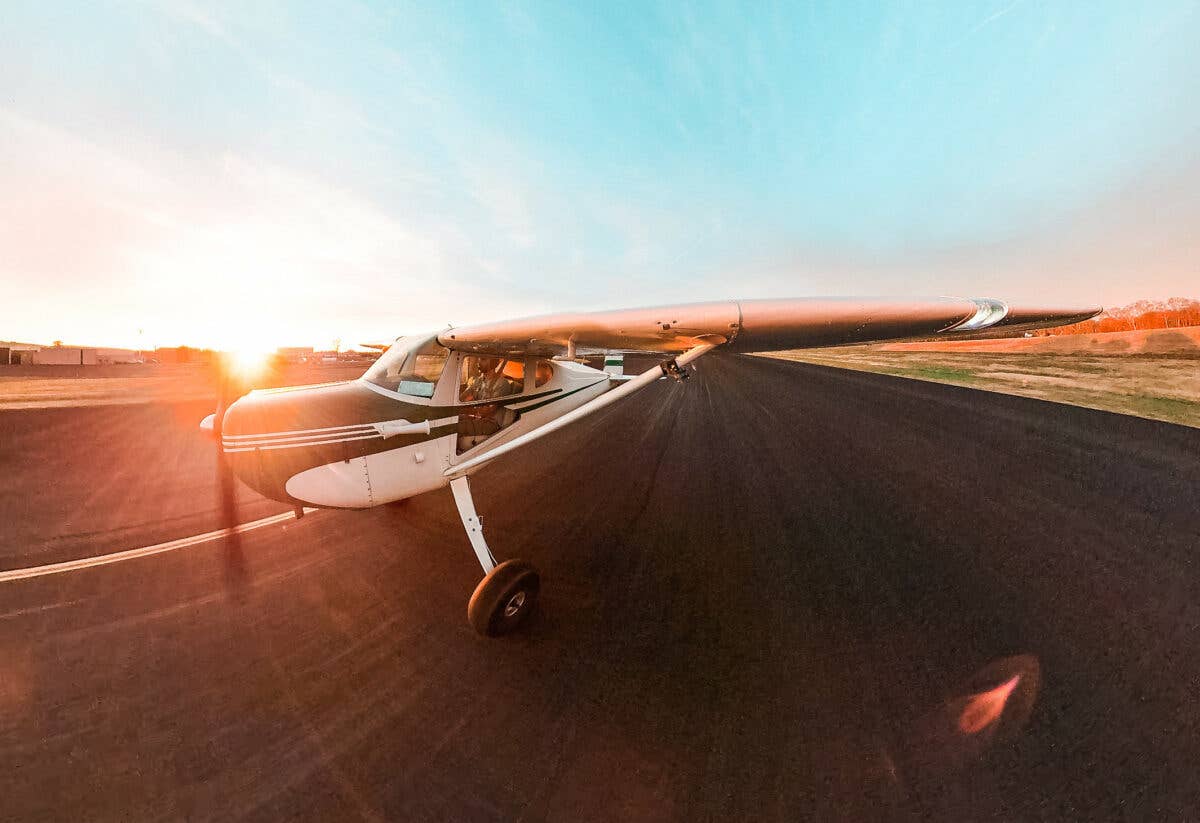
Your first airplane will inevitably provide you access to new adventures…but it can also provide access to a new career. [Credit: Ben Lehman]
For most people, their first airplane opens up adventure and possibility. It enables them to access new destinations, and it provides a rewarding means of developing new skills. For my friend Ben Lehman, his first airplane opened up all of those things, but it also unlocked an entirely new career.
Like many of us, Ben’s love affair with aviation began in his early years, and it was kicked off by his father. Perhaps wanting to lure him away from less-desirable paths in life, his father paid for a ride in an old Cessna 172 in rural West Virginia. The plan worked. Ben was enchanted by the ratty 172 and to this day, clearly remembers being surrounded by vibrating pieces of loose, faded trim and watching the ground below fall away into the New River Gorge as they climbed out from the airport.
For the rest of his teenage years, Ben pored over aviation-related books and magazines while he saved his meager earnings for lessons. He’d set a goal of working toward a career as a pilot, and as soon as money allowed, he began his primary training. Before long, he had earned his private certificate.
College has a way of forcing us to make pivotal decisions. Faced with the prospect of tens of thousands of dollars worth of flight training debt, and taking into account the insultingly low salaries at regional airlines in those days, Ben decided to pursue a career path that was less financially risky. A tailwheel endorsement in an old Piper J-4 firmly rooted his heart in grassroots aviation, however, and he vowed to return to the controls at some point in the future.
Nearly 20 years later, he and his wife had built a successful coffee company in Nashville, Tennessee. He’d occasionally spend $500 or so to get current, but other hobbies and job responsibilities would inevitably pull him back out of the cockpit. Such is the allure of old boats and vintage motorcycles.
Ben’s wife recognized this. She saw how Ben’s face would light up at the mention of flying, and she observed him gazing wistfully skyward whenever a small airplane would fly over. Ever the supportive partner, she provided a loving kick in the pants, encouraging him to consolidate all of the time and money he spent on multiple hobbies into the pursuit of advanced ratings.
Ben went all in on flight training. Flying about three times per week, he tackled and earned his instrument, commercial, and eventually, his CFI. This opened the door to a new career path, and once again, he faced a pivotal life decision. The coffee business was doing well and they’d opened multiple locations, but there was no denying it—he loved flying more than he loved coffee.
Bolstered by continued support from his wife, he made the leap. Stepping away from the coffee business, he got a job instructing full time. For about a year, he provided primary instruction in tricycle-gear aircraft, but he never forgot the fun and satisfaction that came from mastering a taildragger. What if he could somehow combine the two passions while simultaneously becoming an aircraft owner?
Ever the entrepreneur, he began learning as much as he could about the expenses involved in ownership. He knew his way around a P&L (profit and loss) sheet, and it didn’t take him long to create a preliminary business plan. If he did it right, he’d be able to earn a slightly larger salary while sharing his passion for grassroots taildragger flying with others.
The concept stoked his enthusiasm and motivation. While there is no publicly-accessible data on the day-to-day temperature of the Trade-a-Plane and Barnstormers—and the neely launched AircraftForSale.com—servers, Ben’s relentless scouring of their site surely made them glow orange from strain as he constantly refreshed search results in pursuit of the perfect airplane.
Recalling his own tailwheel endorsement, his first choice was a Piper Cub. There was, in his opinion, no purer way to experience tailwheel flying, and nothing beat warm summer evenings down low with the door open. But practicality was a concern, as well, and other factors soon surfaced.
Side-by-side seating, for example, offers significant benefits to flight training. And in the interest of eventually expanding his flight training offerings, he thought it would be smart to have an airplane that could be made IFR capable. It would also be ideal to have an airplane that was easily supported in terms of parts and service availability.
He eventually narrowed his search down to the Cessna 140A. It checked all his boxes, and the all-metal airframe eliminated the concern of having to care for and replace expensive fabric covering. In addition, its reputation as a docile, easy-to-handle taildragger made it perfect for tailwheel training.
Before long, he became the owner of a beautiful 140A with a torquey Continental C90 and additional windows in the observer doors. Although it was in great shape, the airplane was not a pristine showplane, and this suited Ben just fine. He liked the idea of having an airplane with a bit of patina as a training airplane; occasional scratches or wear from regular use would be far less painful.
Ben has now been living his dream as a taildragger owner and instructor for almost two years. He has enjoyed a small but steady stream of customers, from primary students to a future F-16 pilot looking to add a tailwheel endorsement to their repertoire. His total flight time has climbed to around 1,000 hours, with about 400 of that spent providing dual tailwheel instruction.
The 140A has proven to be an extremely cost-effective trainer, with reasonably-priced annual inspections and low fuel burn. Insurance is perhaps the most significant expense at a staggering $5,100 per year. Then again, that figure is still less than many high-performance and complex six-place types. There have otherwise been few significant expenses, which has allowed him to stash money away into a fund for inevitable big-ticket items in the future.
Ben has made one particularly admirable effort as a business owner. Inspired by his own frugal journey, he makes a point to always have one student that represents an aviation minority and possibly cannot afford the full cost of instruction or a tailwheel endorsement. After ensuring the student is motivated and genuine in their desire to pursue aviation, he provides them with flight instruction at little to no cost, giving them a boost that could potentially alter the entire trajectory of their life.
Ben’s own journey has been challenging and exhausting…but not necessarily more so than his previous career. Looking back, he says he's very happy with the decisions he’s made. Each has come with its own level of risk, but each has also been the kind of opportunity that, looking back, would feel worse to have never attempted than to have tried and failed to achieve.
Looking ahead, Ben anticipates someday adding a Piper Cub, a Decathlon, and a Cessna 150 to his operation. These aircraft would absorb the demand of primary students who might benefit from the higher crosswind limitations and would open up opportunities for advanced training.
With any luck, Ben will continue to share his passion for tailwheel flying for years to come. And based on his successful foray into aircraft ownership, he will likely help more than one student to eventually purchase airplanes of their own.

Sign-up for newsletters & special offers!
Get the latest FLYING stories & special offers delivered directly to your inbox

